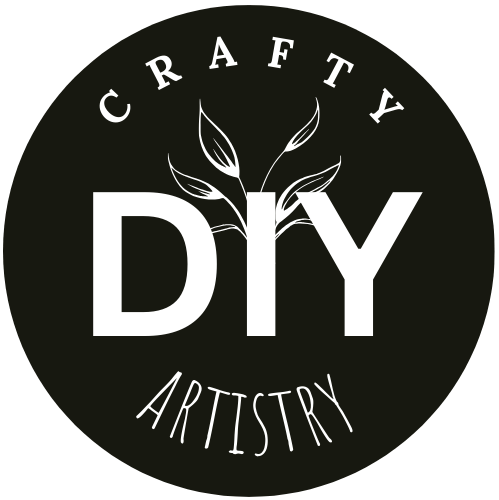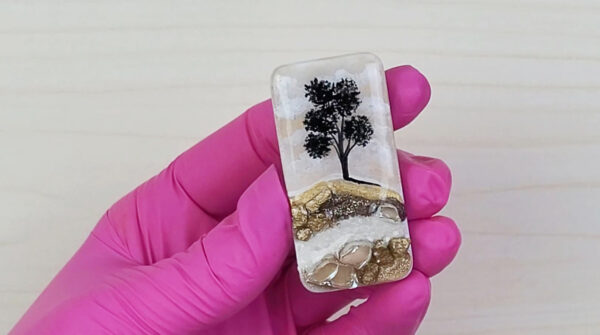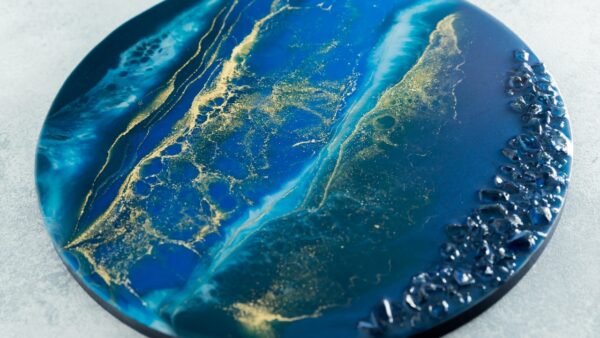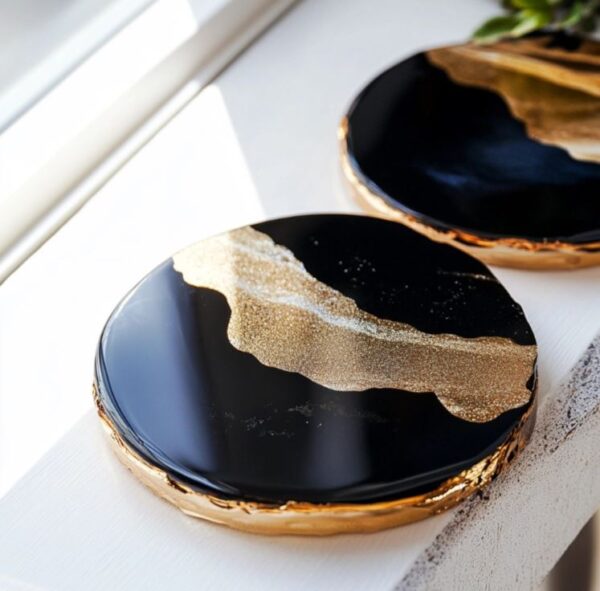Can You Use Resin Without A Mask?
If you’re wondering if resin is safe to use without a mask, the short answer is no. It’s not a good idea. Resins release fumes or tiny particles that can be harmful if you breathe them in, including UV resin that cures under a light.
Even if the smell isn’t strong, the chemicals can still affect your lungs over time. That’s why wearing a proper mask, like a respirator is really important when working with resin, especially in a space that’s not well ventilated.
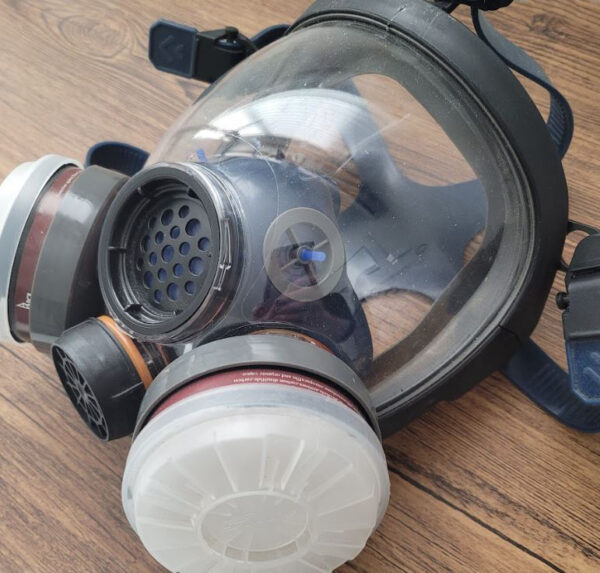
When I first started working with resin, I made the mistake of not using a proper mask or gloves. The resin was on my hands, tools and everywhere. Then I found out that resin can be toxic.
I did a ton of research and one thing was super clear. Wear a mask. I never use resin without one. It might seem like overkill at first, but I’d rather be safe than sorry, and honestly, once it’s part of your routine, it’s no big deal. Resin safety is something to take seriously even if the resin says non toxic.
Why You Need To Wear A Mask When Using Resin
1. Resin Fumes Can Be Harmful
Resin often releases fumes while it cures. These fumes can irritate your nose, throat, and lungs, especially if you’re using it in a small space.
Some people don’t notice the smell much, but that doesn’t mean it’s safe to breathe in. A mask helps block those invisible chemicals so you’re not putting your health at risk.
2. Particles Can Get Into Your Lungs
When you’re working with resin, you might also use things like mica powders and glitter. These tiny particles can float in the air and get into your lungs without you even noticing.
Over time, that buildup isn’t good for your body. A proper mask helps keep all that stuff out of your airways.
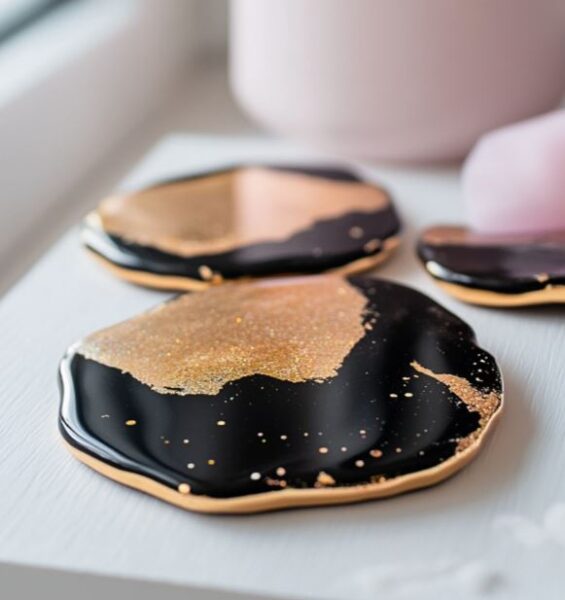
3. Dust From Sanding Resin Will be in the air
Once resin cures, you might sand it to smooth out edges or fix a flaw. That sanding creates super fine dust, and it’s really easy to breathe it in by accident.
It can stick in your lungs and cause issues down the road. Wearing a mask during sanding is a must, don’t skip it!
4. Even Low Odor Resins Can Still Be Harmful
Some resins are labeled as low-odor or non-toxic, but that doesn’t mean they’re totally safe to breathe. The fumes may not smell strong, but they can still affect your lungs or trigger headaches.
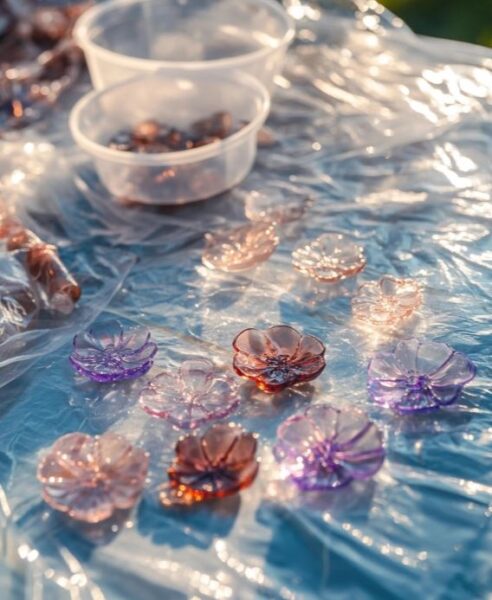
It’s easy to think you’re in the clear just because it smells fine, but your body might say otherwise later. I once used a “safe” resin without my mask for a crafting session and got a wicked headache. Never again.
Here’s another article that answers the question, is resin toxic?
5. Long-Term Exposure Adds Up
If you use resin often, even short, regular sessions without a mask can add up over time. You might not notice anything at first, but years later, it could cause breathing problems or other health issues. Using a mask now is a simple way to protect your future self. It’s a habit that’s totally worth it.
6. Protecting Your Lungs Should Be a Priority
We only get one set of lungs. Once they’re damaged, it’s not easy to fix them. Resin fumes, powders, and glitter might seem harmless, but they can do real damage if you don’t take precautions. A mask is such a small step that makes a huge difference.
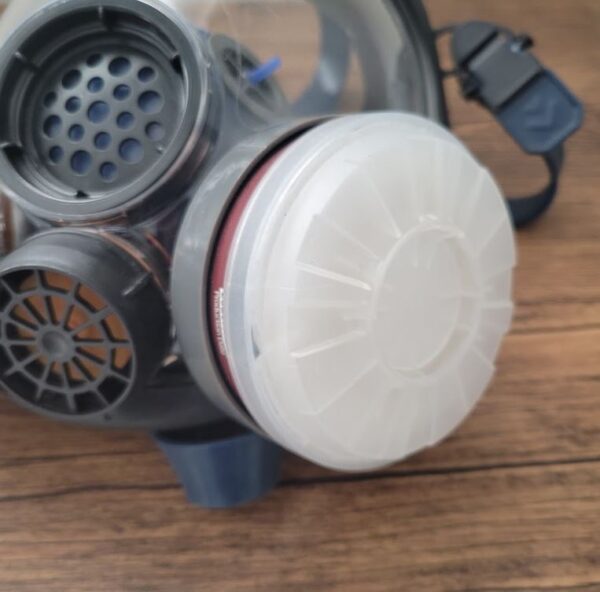
7. You Might Not Notice the Harm Right Away
One of the sneaky things about resin fumes is that they don’t always cause an instant reaction. You might feel fine in the moment but still be breathing in something that isn’t safe. Just because there’s no coughing or burning doesn’t mean everything’s okay. A mask helps you stay safe even when your body isn’t warning you.
8. It Sets a Good Example for Others
If you’re crafting around friends, family, or sharing your work online, using a mask shows others how to stay safe too. Safety should be something we all talk about more in the resin world. And that includes using it for industrial use like making tables.
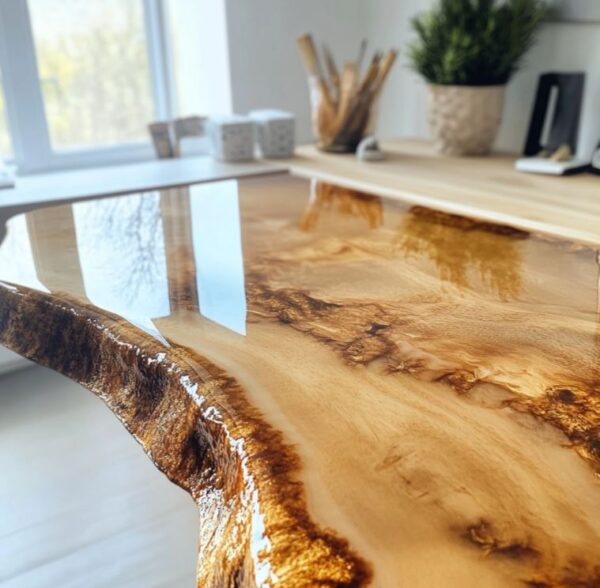
9. Masks Are Easy to Use Once You Get Used to Them
At first, wearing a mask might feel weird or uncomfortable. But after a few uses, it becomes part of your setup, just like your gloves or mixing cups. You stop thinking about it, and it just becomes part of the routine. I used to think it was a hassle, but now I grab it automatically before I even open the resin.
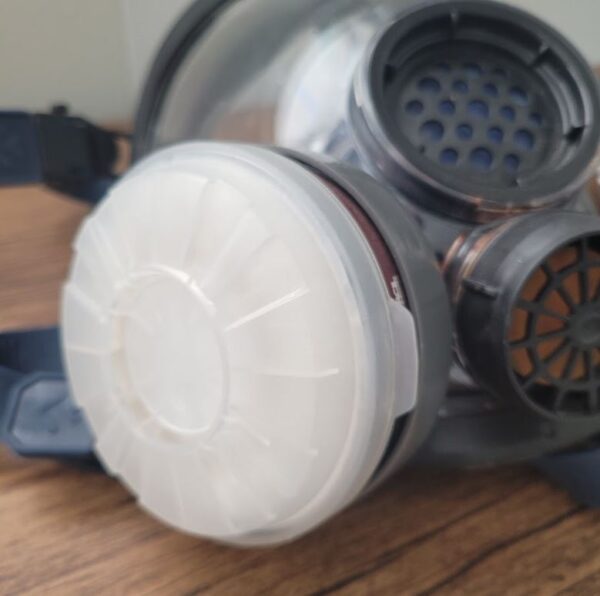
10. Resin Isn’t the Only Thing You’re Breathing In
When you make resin art, it’s not just the resin itself that gets in the air. Powders, pigments, glitters, and even alcohol inks can all release particles or fumes. It all floats around and can end up in your lungs if you’re not careful. A good mask helps block out that whole mix, not just the resin fumes.
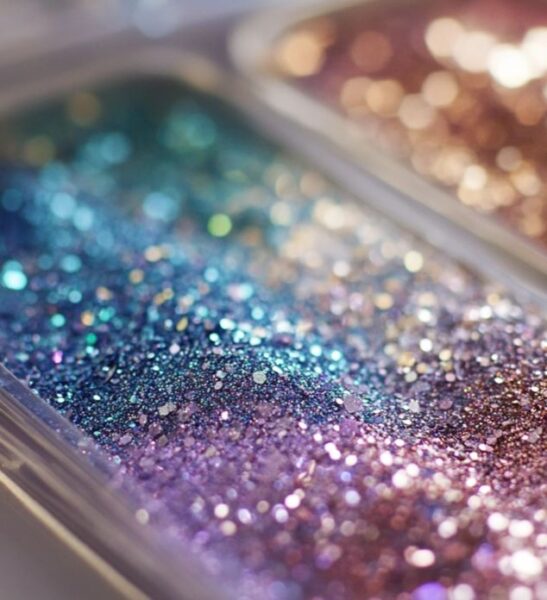
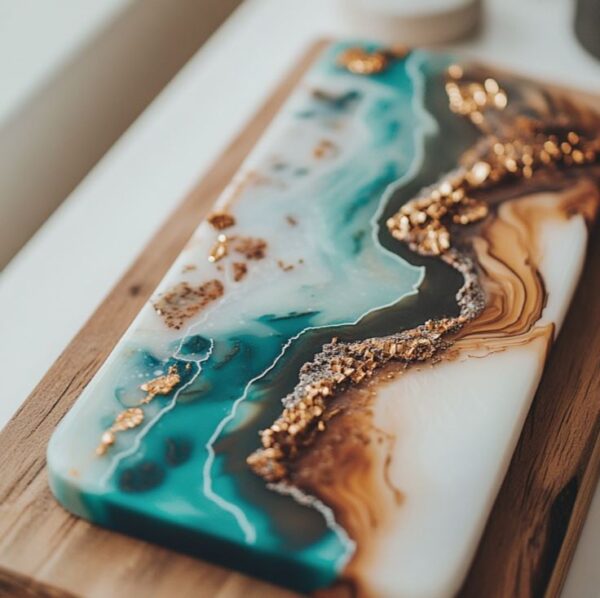
11. Some People Develop Allergies Over Time
Even if you don’t react to resin right away, it’s possible to develop an allergy after repeated exposure. Breathing in fumes or dust without a mask can increase your chances of getting sensitized.
Once that happens, you might get rashes, headaches, or breathing problems every time you use resin, even with protection. I read on one of my resin groups a person who had to give up resin completely.
What is the best respirator to use with epoxy resin?
The best respirator for resin is a full-face respirator with organic vapor cartridges. It protects your lungs from harmful fumes and also shields your eyes from strong smells or splashes.
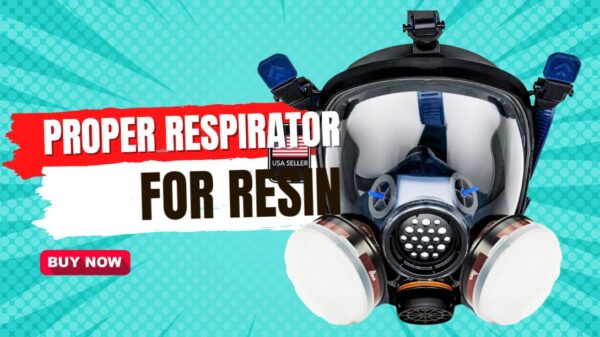
A full-face mask gives you better coverage than a half-mask, which is great for heavy resin work. Make sure the filters are rated for organic vapors and change them regularly. If you have any concerns, then contact the manufacturer and ask specific questions about their masks.
Read up on the best resin respirator mask.
Thank you so much for reading! I hope you found this information helpful and that it gives you the confidence to work safely with resin.
Remember, taking simple precautions, like wearing a mask, can make all the difference in protecting your health while you create. Stay safe, have fun with your projects, and I look forward to sharing more tips with you in the future!
More resin safety articles
